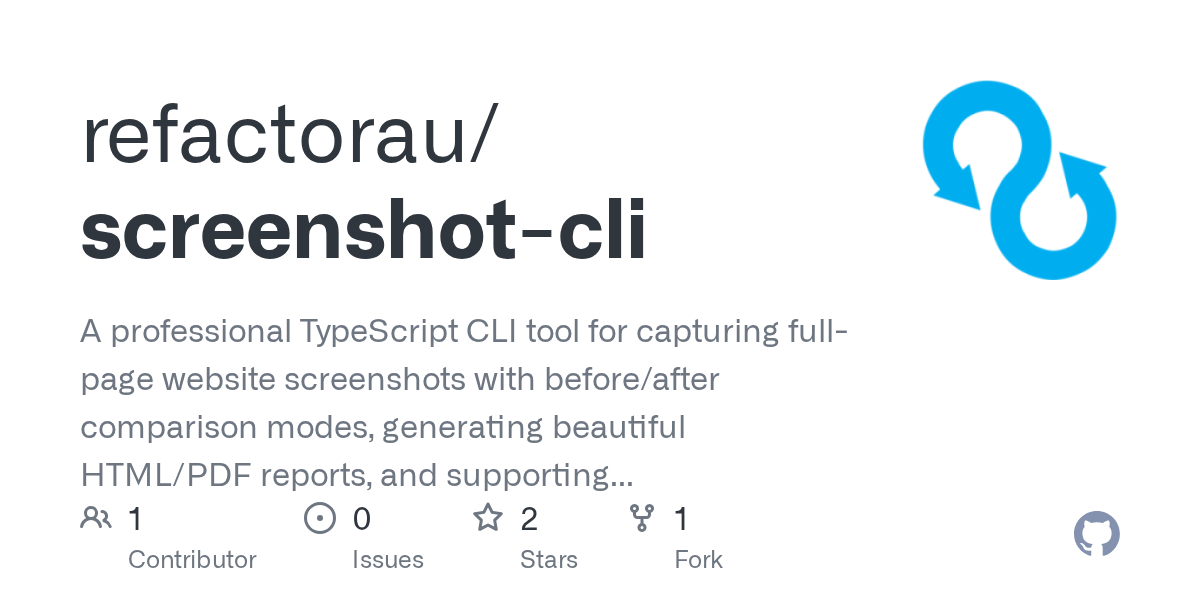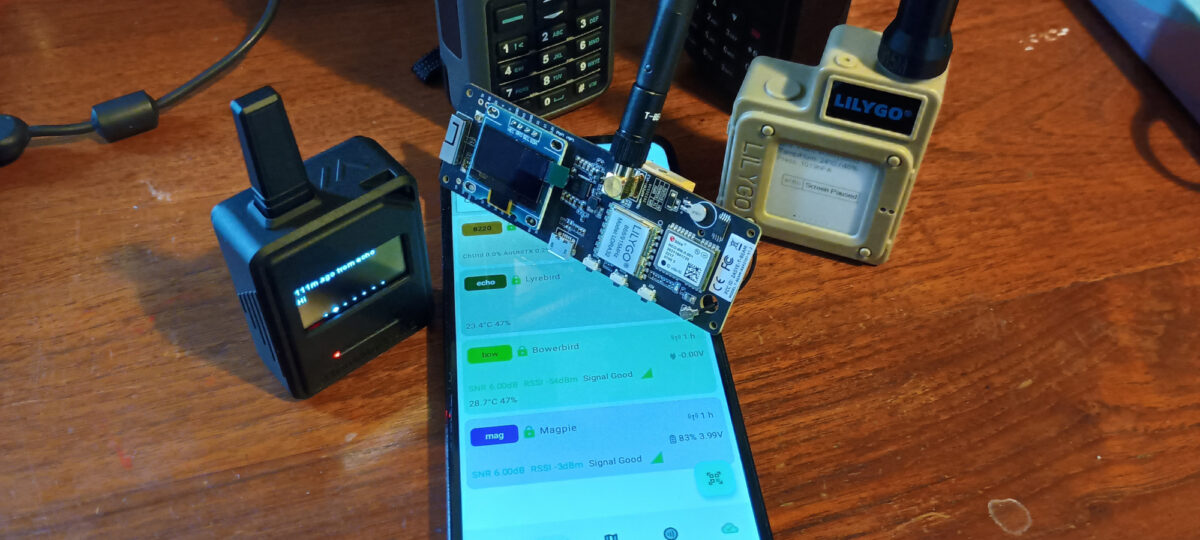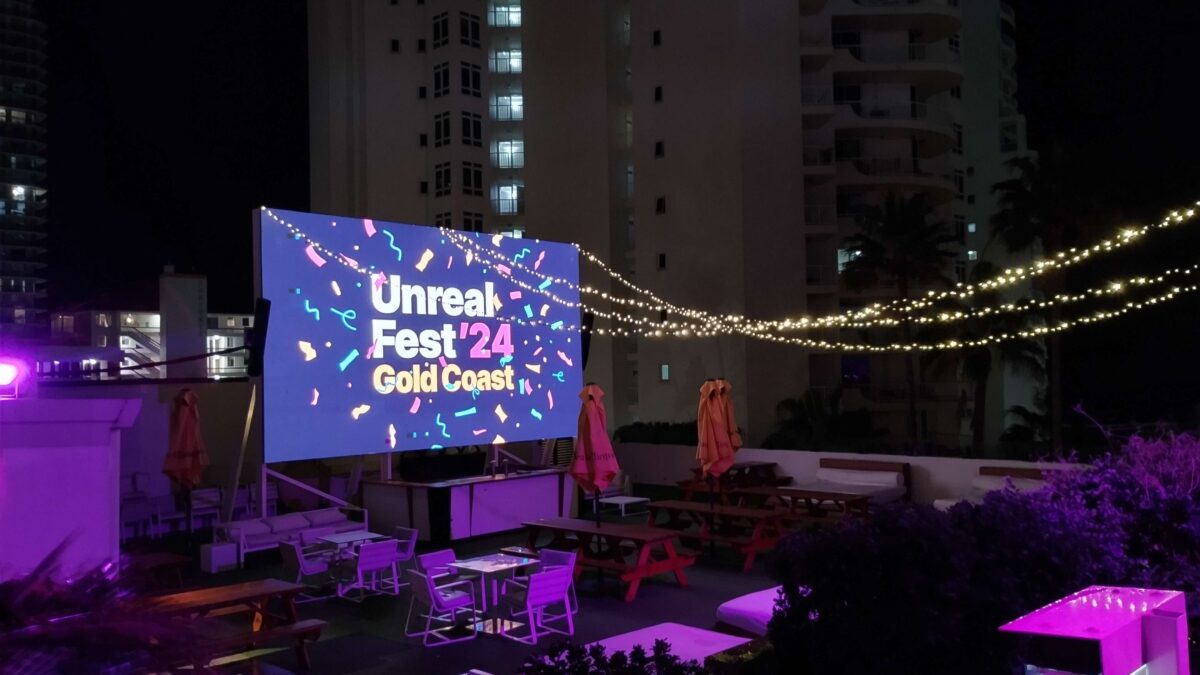Screenshot CLI
I built a small open-source tool called Screenshot CLI. It does exactly what the name suggests – takes screenshots from the command line. It's written in TypeScript and uses Playwright under the hood...
From LoRaWAN flood sensors to AI-powered image sorting, these are the rough notes from the workbench. Field tests in paddocks and basements, small utilities we build for ourselves, and the lessons that come from wiring real hardware into real places — shared in case they’re useful for whatever you’re building next.

I built a small open-source tool called Screenshot CLI. It does exactly what the name suggests – takes screenshots from the command line. It's written in TypeScript and uses Playwright under the hood...

Exploring open-source mesh networking solutions...

Understanding Cat 1bis and its applications in IoT...

Exploring why Australia is an ideal environment for IoT innovation...

Recap of UnrealFest24 and game development insights...

Migrating from Confluence to WikiJS for better documentation...